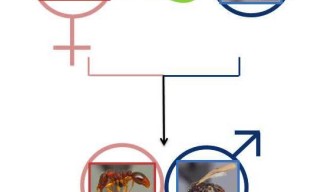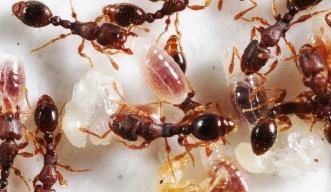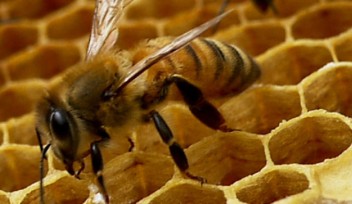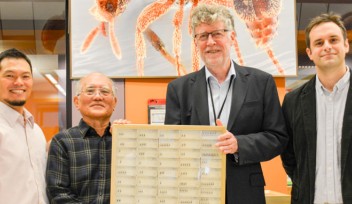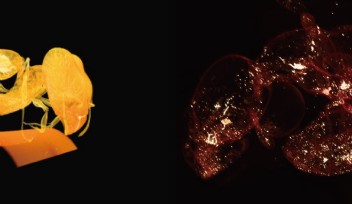Sex Determination in Ants
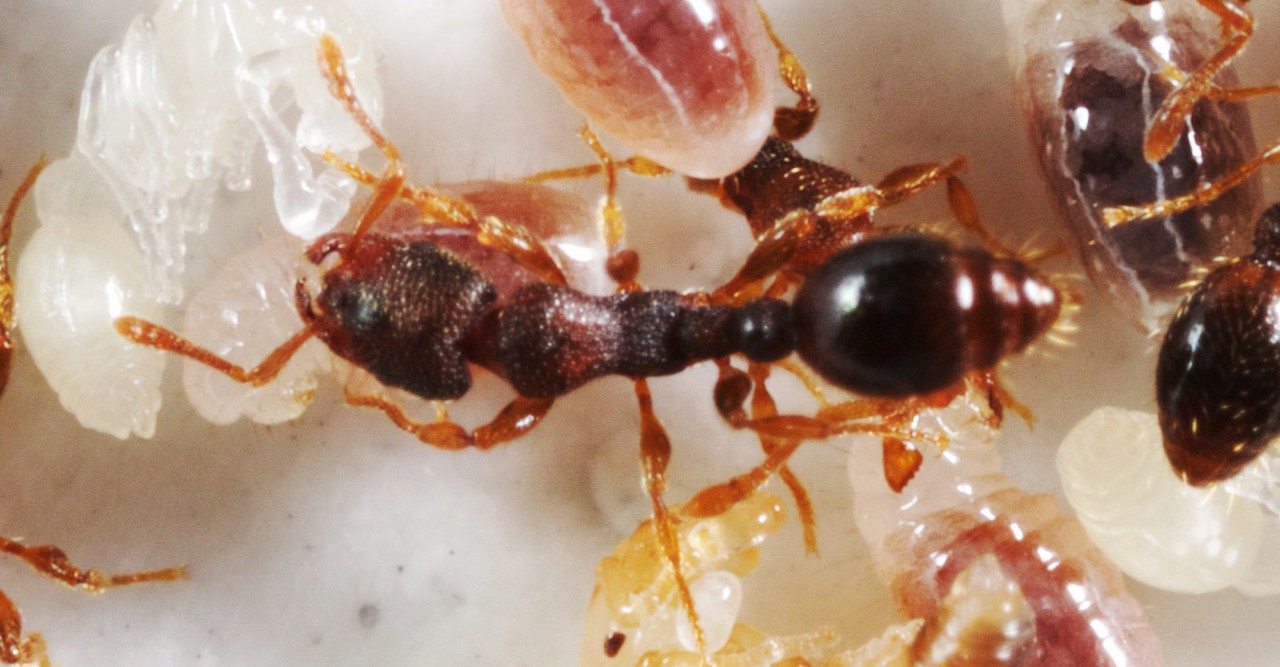
Yin and Yang, Venus and Mars, the Moon and the Sun, however you want to describe it, becoming a female or a male can make a big difference in your life, and not just for human beings. Dr. Misato O. Miyakawa, a former post-doc at the Okinawa Institute of Science and Technology Graduate University (OIST) and Professor Alexander S. Mikheyev, leader of the Ecology and Evolution Unit have discovered the two ancient genetic components of sex determination in ants. This paper has just been published in PLOS Genetics.
In many animals sex is determined by sex chromosomes. For example, in humans, the Y chromosome triggers male development. However, hundreds of thousands of insects, such as ants, wasps and bees, have a fundamentally different sex determination system called haplodiploidy. In haplodiploid organisms sex is typically determined by a mechanism called “complementary sex determination”. Females are diploid, which means that they have two complementary versions of sex-determining genes, one set inherited from the mother and another from the father. On the other hand, males are haploid, since they have a single version of these genes.
A different situation comes about with inbreeding. Sex determining genes exist in several different variants, but close family members are likely to share the same variants. When ants are born with two of the same sex determination gene sets, they become sterile diploid males, even if they should develop as females. Generating sterile males is a flaw of the haplodiploid reproduction mechanism, especially because in the ants’ world males do not work and their main function is to reproduce. OIST scientists want to understand which genes are involved in the mechanisms of complementary sex determination. So far, they have only been studied in the honey bee, but have been hard to crack for ants and related insects.
The OIST team found part of the answer in an ant that lives in Japan, called Vollenhovia emeryi. By conducting genetic crosses between brothers and sisters, OIST scientists could induce the production of sterile males and see which genomic regions were associated with this phenomenon. They observed that 25% of the progeny produced by inbreeding is sterile and they discovered that this is due to the presence of two separate sex determination regions in Vollenhovia emeryi’s DNA. The first region is more than 100 million years old and it contains two genes, which are also involved in honey bee sex determination. The second location is new to science, and its function remains unknown.
“Sex determination systems are believed to evolve rapidly, but these data suggest that elements of the sex determination system used by bees and ants actually date to the time of the dinosaurs. These findings also show that there is still much more to learn about the molecular diversity of sex determination mechanisms,” explains Professor Mikheyev.
Specialties
For press enquiries:
Press Inquiry Form










